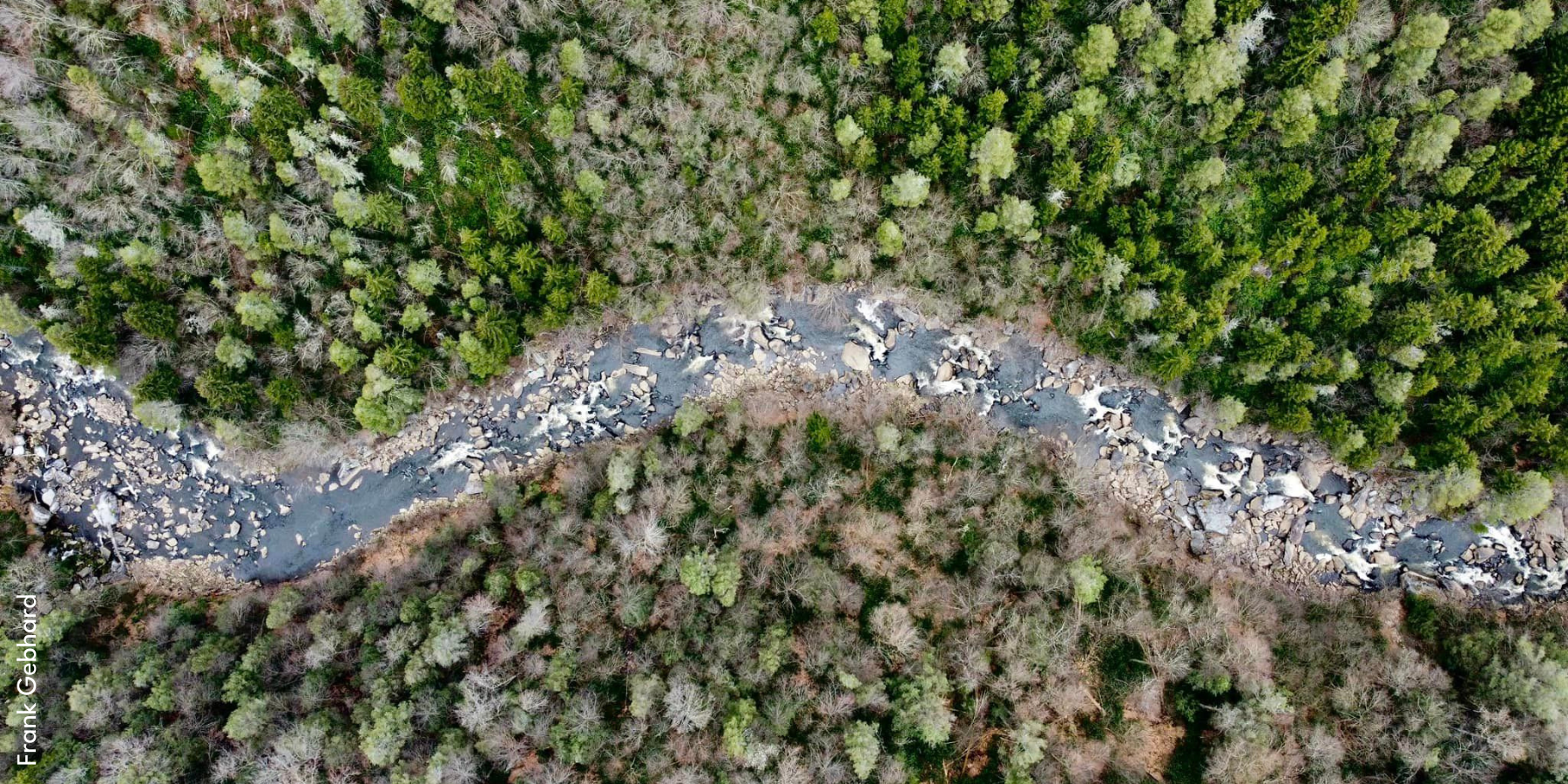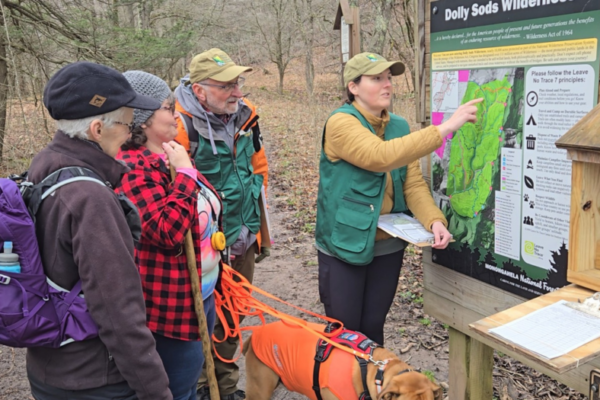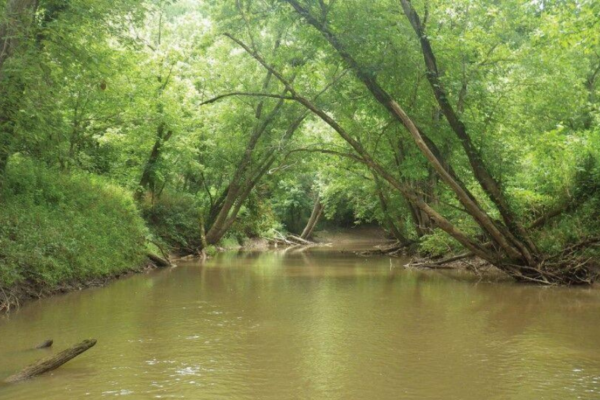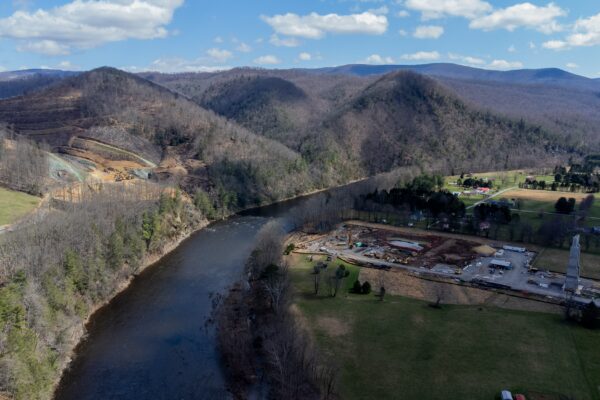Contact
Gary Belan, American Rivers, 202-243-7027
Olivia Miller, West Virginia Highlands Conservancy, 304-704-2997
Saundra Goss, Go North Corridor H Alliance, 304-678-8110
Judy Rodd, Friends of Blackwater, 204-552-7602
Washington, D.C. – Today, the Blackwater River, West Virginia’s prized waterway renowned for its recreation opportunities and wildlife, joins the list of America’s Most Endangered Rivers® of 2024. Threatened by a highway project, urgent action is needed to safeguard this regional treasure.
The Blackwater River is threatened by the currently State-preferred (but not yet adopted) route for a major four-lane highway, known as Corridor H, that would cross all of the river’s headwater streams with major construction activity at each. This route was designed 30 years ago, with little thought to preserving the Blackwater River’s unique cultural, historic, and environmental integrity.
“It would be a grave mistake on the part of the West Virginia Division of Highways and Federal Highway Administration, and a major disservice to local communities, to threaten the Blackwater River and simultaneously hinder the growth of the thriving outdoor recreation economy in this area,” said Olivia Miller, program director of the West Virginia Highlands Conservancy. “To those who know and love Tucker County—the Blackwater Canyon is the heart and soul of this region. To rob present and future generations of the opportunity to fully experience these special places and reap their many benefits is a huge error in judgment.”
The route would pass across a large former strip mine that has not been reclaimed, underlain with a honeycomb of mine tunnels that are filled with acid mine drainage pollution. Construction in this area would be a recipe for disaster for water quality and stability of structures as mine tunnels collapse and spill polluted water into the river.
“The highway route would have severe negative impacts on the area’s unique cultural, historic, and environmental integrity, as well as the livelihoods of many people who live, work and recreate in the area,” said Saundra Goss, owner of Sirianni’s Cafe in Davis.
American Rivers and partners are joining community members and businesses to insist that the Federal Highway Administration mandate an alternative Northern Route–one that would safeguard river health and enhance the heritage, character, and economies of local communities.
“Anyone who values the Blackwater River should speak up in support of the northern route,” said Thomas resident and Tucker County local, Rachelle Davis. “A Blackwater avoidance alignment will help protect the river and the Blackwater Canyon, which are important to area residents and visitors alike. We can preserve our rich heritage and resources and still meet the goals of state and federal highway authorities,” Davis added.
The Blackwater River flows 34 miles through the High Allegheny Mountains of Tucker County, West Virginia, draining 142 square miles. The Blackwater River region is a popular outdoor recreational resource and destination for a growing sustainable tourism economy. The Blackwater is fed by the Canaan Valley Wildlife Refuge, Blackwater Falls State Park and Big Run Bog, a National Natural Landmark on the Monongahela National Forest. It is designated as a West Virginia Critical Resource Water for its exceptional ecological, recreational and aesthetic values. The river corridor is home to the endangered Cheat Mountain salamander, Virginia big-eared bat, northern long eared bat and Indiana bat, the rusty patched bumble bee, and the rare West Virginia northern flying squirrel, eastern brook trout, and eastern hellbender.
The annual America’s Most Endangered Rivers® report is a list of rivers at a crossroads, where key decisions in the coming months will determine the rivers’ fates. Over the years, the report has helped spur many successes including the removal of outdated dams, the protection of rivers with Wild and Scenic designations, and the prevention of harmful development and pollution.
Other rivers in the region listed as Most Endangered in past years include the Ohio River (2023), Southern Youghiogheny River (2020), Potomac and Coal Rivers (both in 2012).
American Rivers reviews nominations for America’s Most Endangered Rivers® from local groups and individuals across the country, and selects rivers based on three criteria:
Threat: Loss of federal clean water protections
Threat: Excessive water use
Threat: Water scarcity, climate change
Threat: Harmful development, highway construction
Threat: Hydro dam
Threat: Road construction, mining
Threat: Pollution




